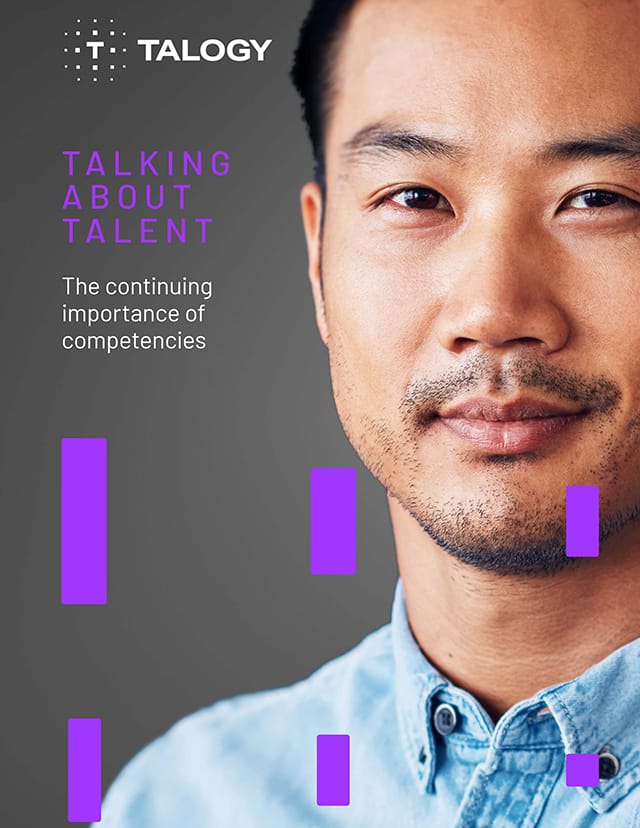Previously published by PSI Talent Management or Cubiks, prior to becoming Talogy.
In the world of personality assessments, the Big 5 personality traits have become the model that many questionnaires are built from. This five factor model includes the following traits; openness to experience, conscientiousness, extraversion, agreeableness and neuroticism. With the initial groundwork conducted back in the 1960s, it has become widely accepted as the academic standard model.
Limitations of the five factor model
Although the five factors offer a broad conceptual framework to encompass the many underlying facets within an individual’s personality, there are also some limitations to this model. In particular, the split aspects within each factor often lead to average scores that are tricky to interpret. For instance, one aspect within the conscientiousness factor is around ‘detail’ , and another about ‘drive’. That means that where an individual may be low on detail orientation but highly driven, their score would land somewhere in the middle of the factor and therefore would not offer much insight about their working style.
The Big 5 becomes Cubiks Factors
To address these problems and make the Big 5 more relevant to assessing work personality , Cubiks’ Dr Rainer Kurz has conducted research building on the pioneering work of Professor Steven Woods at the University of Surrey. The conclusion of this in-depth study was an adapted model for the current business environment; Cubiks Factors. The significant difference is that Cubiks Factors includes six factors that have been revised and correlated in order to generate insight applicable to the workplace today.
Introducing Cubiks Factors
Cubiks Factors is a validity centric approach; including a new factor, depth of insight from added facets and the latest science for an all-round work-based personality assessment. Here’s an outline of the key developments in this new model.
Changes to factors reflect contemporary work demands:
Conscientiousness is split into; ‘Drive’, covering achievement striving, passion and determination and ‘Dependability’, which covers structure, planning and critical evaluation themes.
- ‘Neuroticism’ becomes ‘Adaptability’; moving away from the possible negative connotations associated with assessing emotional stability. Adaptability focuses on an individual’s capacity to deal calmly and optimistically with pressure and change.
- ‘Agreeableness’ becomes ‘Supportiveness’; with facets covering inspirational, motivating and harmony seeking themes.
- ‘Extraversion’ becomes ‘Assertiveness’; covering purposeful, confident and persuasive facets.
- ‘Openness’ becomes ‘Creativity’; including conceptual and innovative thinking alongside a preference for variety.


